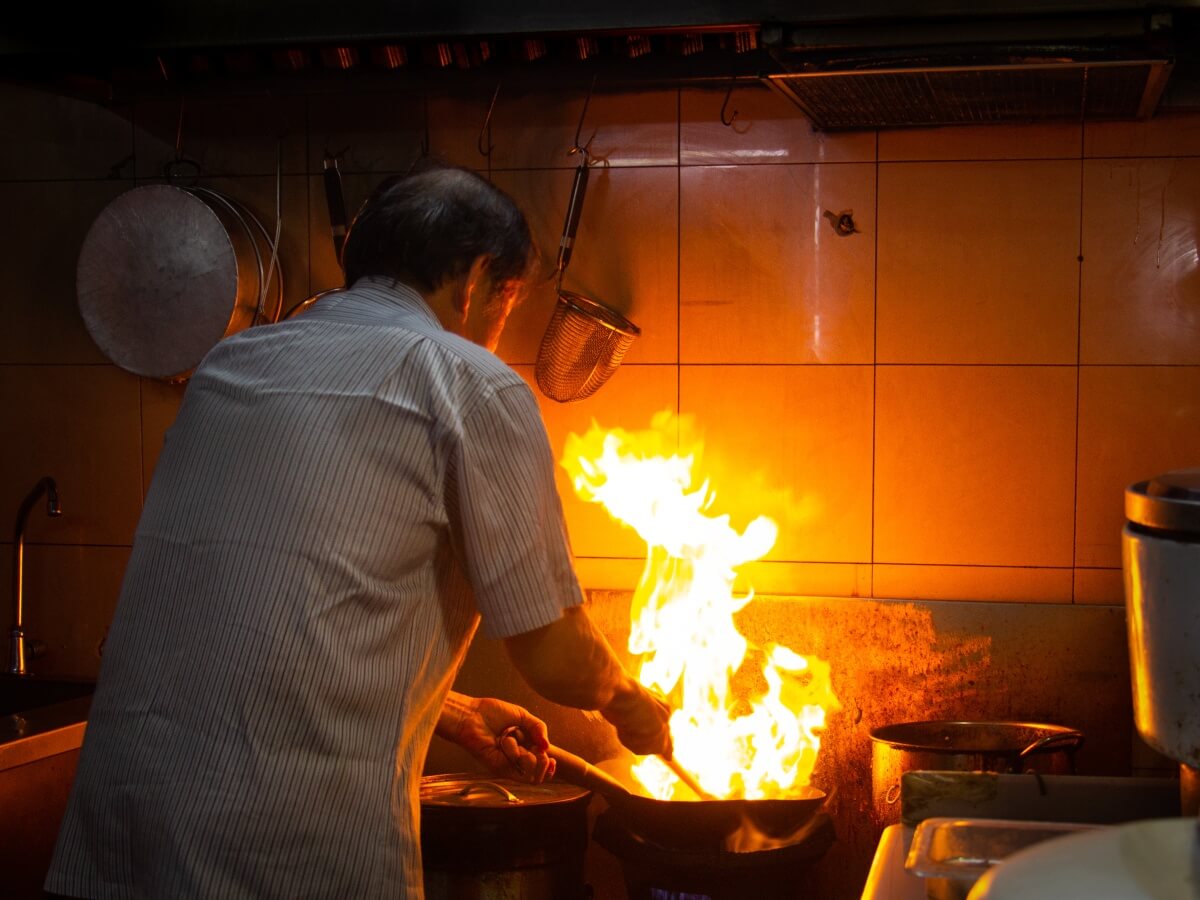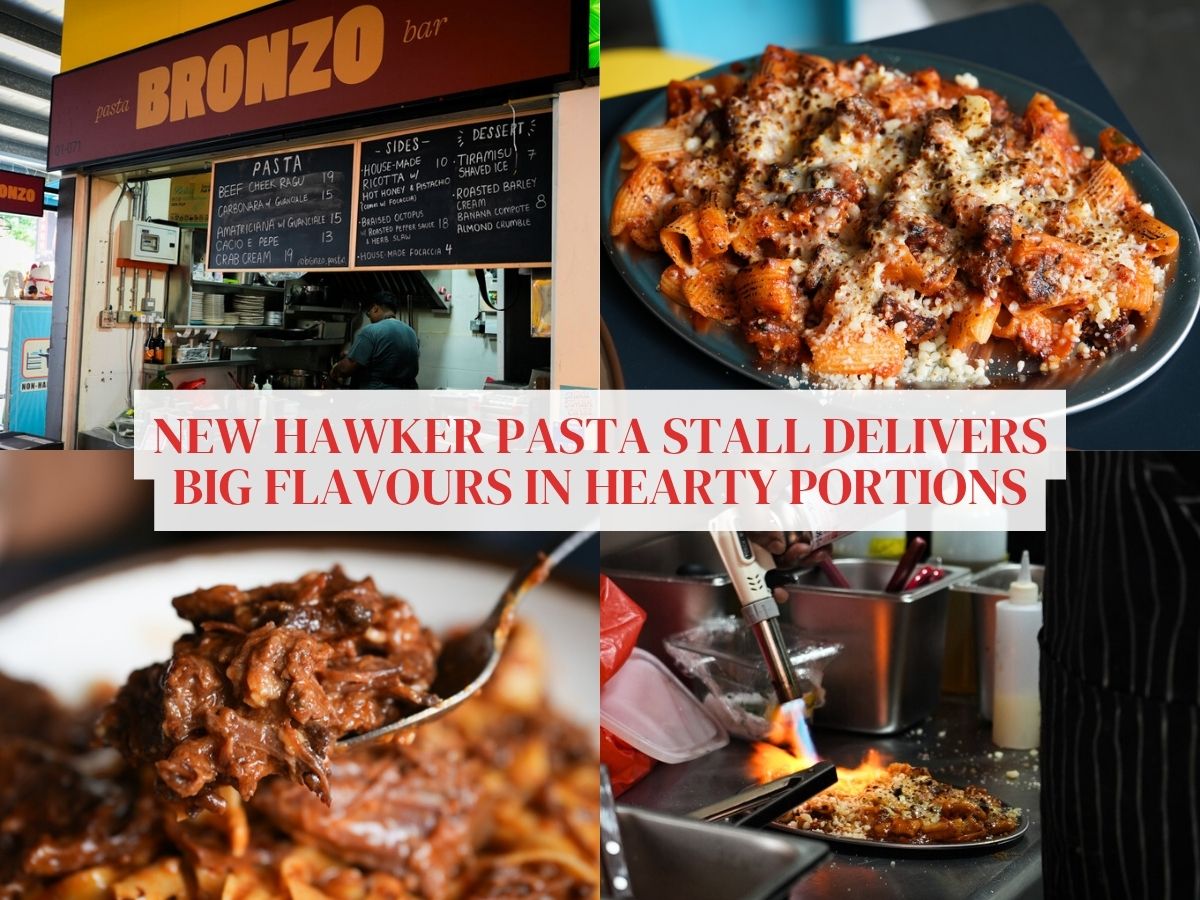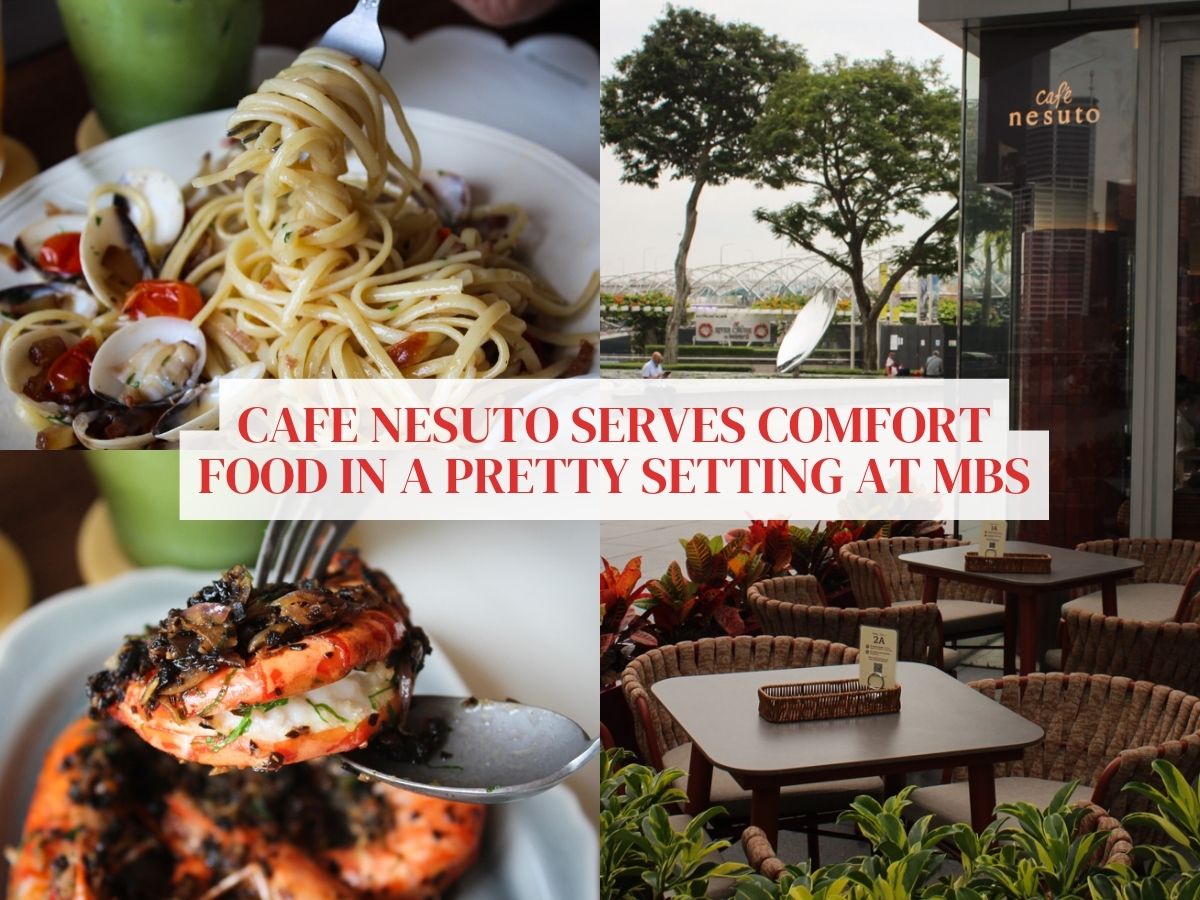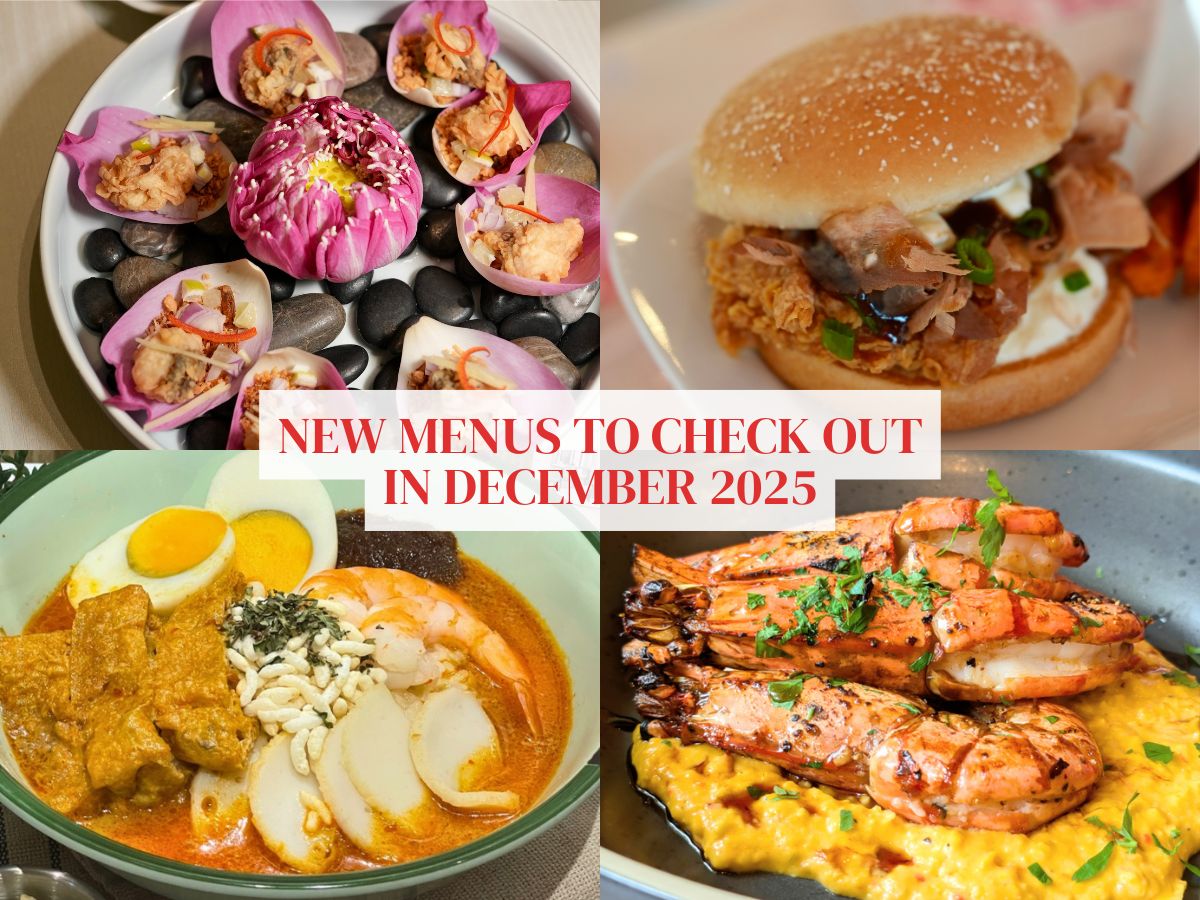Commentary: 6 reasons why you shouldn’t be a hawker in 2024
Singaporeans profess to love hawker food, but with plenty of caveats. Mostly, we want it cheap and plentiful. And cheap. Did I mention cheap?
In case you haven’t noticed, it’s been a rough year for hawkers in Singapore as operation costs spiral out of control and older hawkers call it a day, leading to inevitable changes in our hawker scene.
How bad can things get? I’m not a hawker, but judging from the continuous headlines, here are the ways that it will suck to be a hawker in Singapore in 2024.
1. Costs are going to skyrocket…

2. …but you still have to offer budget meals
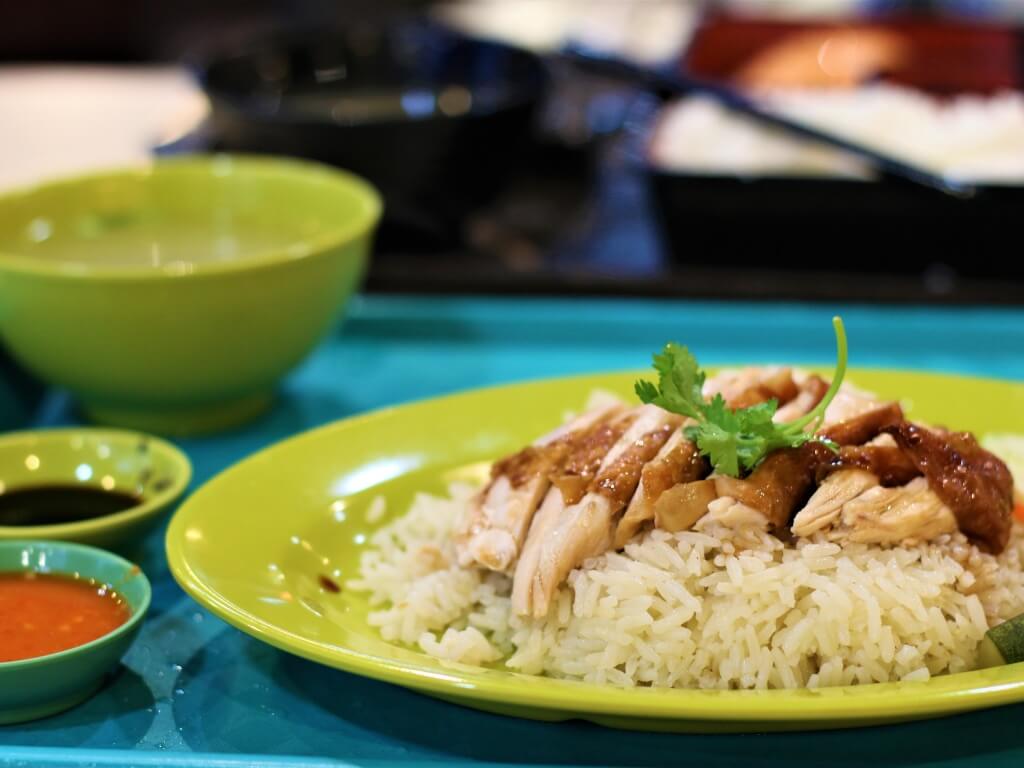
The Ministry of National Development announced in March that all 374 coffee shops leased from the HDB will have to offer four budget meals and two budget drinks by 2026.
Budget meals are currently priced around $3 to $3.50 and must comprise a full meal — never mind if in reality, it’s a child’s portion of carbs with mere morsels of protein — from two or more different stalls.
To help budget-conscious eaters, the government has also launched the Great Budget Meal Hunt, where contributors can submit affordable food options, while earning virtual stars to unlock new challenges and unique badges.
Well, the good news is that if you’re a hawker, you’ll just need to have a pretty photo of the budget meal on your signboard as that’s the only thing that will be included in the campaign. No actual food needs to be ordered, eaten or shown.
3. Diners will bully you

“Screaming” customers bullied staff for not giving five extra bowls for two desserts in 2023, as some local news sources reported.
If a hawker only has x number of bowls for use for the day, customers who selfishly take more than what they need will, in turn, affect the hawker’s ability to sell enough food to sustain their stall, or cause these hawkers to incur extra costs (for takeaway packaging).
This ugly incident is unlikely to be a one-off incident; one need only just observe the attitude of some diners during peak periods towards already-frazzled hawkers. Please don’t do this.
4. The dilemma: To fusion or not?
Young hawkers starting out who don’t have heritage recipes or cooking experience are bringing their creativity to hawker centres, with truffle-scented wanton mee and Hershey chocolate ice kachang to entice diners.

These fusion dishes are one way to distinguish themselves from traditional dishes and command a higher price point, while getting word-of-mouth buzz. But their passion and fusion dishes will inevitably fizzle out when diners decide they just want to eat regular, traditional hawker food — at last decade’s prices, no less.
5. Hot, sweaty and menial work

The menial nature of hawker work is undoubtedly one of the reasons why there’s a lack of young hawkers willing to take on the work of a traditional hawker stall.
Even as we bemoan the retiring hawkers who don’t pass on their recipes and stalls, the reality is that it’s not easy hiring Singaporeans only during a labour crunch, while having to simultaneously offer budget or cheap meals.
Hawkers cite 12 to 14 hours on their feet, working manually in hot and cramped conditions, usually doing very unglamorous things, such as scrubbing kilograms of pig offal or painfully slicing sacks of fresh chilli. Add to that no holidays, weekends off or even medical leave if you’re sick or tired.
Ask a Gen Z to do all that work, and still be less better off than their peers? No thanks, we’re not sure if anyone would be up for that.
6. E-payment headaches

The government may want to push e-payments through the Hawkers Go Digital initiative, but hawkers have to put up with problems such as cheats who flash fake screenshots, delayed transactions, tech issues and and at some point, e-payment merchant fees that cut into their slim profits. (E-payment merchant fees will be waived by the government till 31 Dec, 2024.)
We may grumble about S$5 char kway teow today, but compared to paying S$20 for ramen or cooking your own hawker dishes at home everyday, it is a reasonable route for the continued sustainability of hawker cuisine in Singapore.
Surely, we’d prefer to pay a little more for our beloved hawker fare, instead of only being able to enjoy these dishes in a cafe or hotel when all our future cooks decide they would rather work in air-conditioning. If we want to preserve hawker culture, more than ever, we will need to pay what’s fair for it.
Want to know more about what’s it like to be a hawker in Singapore? Read our stories on hawkers carving out their own niche in Singapore’s F&B landscape: Bege Rack, a stall serving up gourmet putu piring burgers, and Bei-Ing Dimsum Club, which presents its own modern take on the tradition dimsum dish.
Do explore the new GrabFood Dine-in service for awesome deals.
